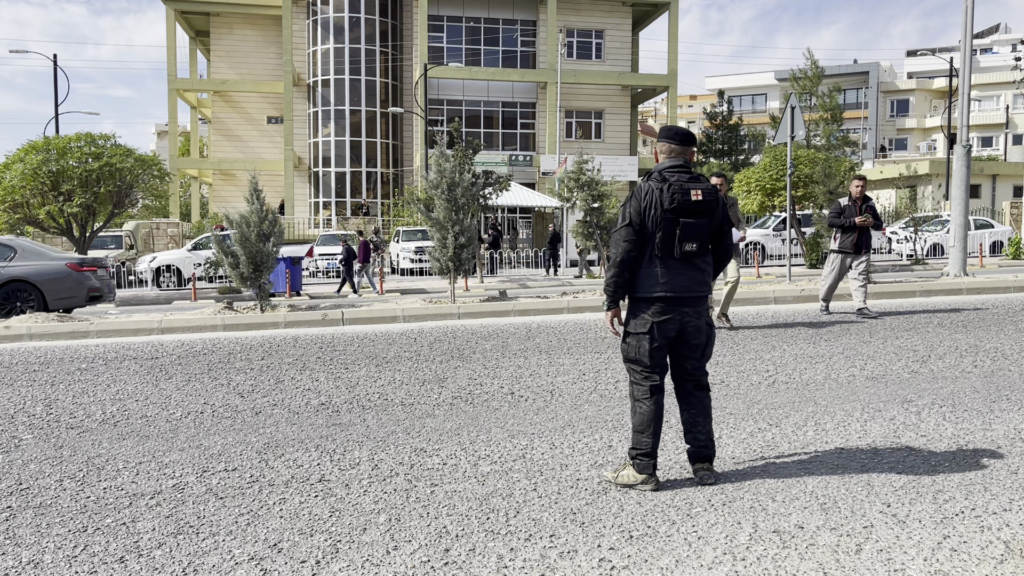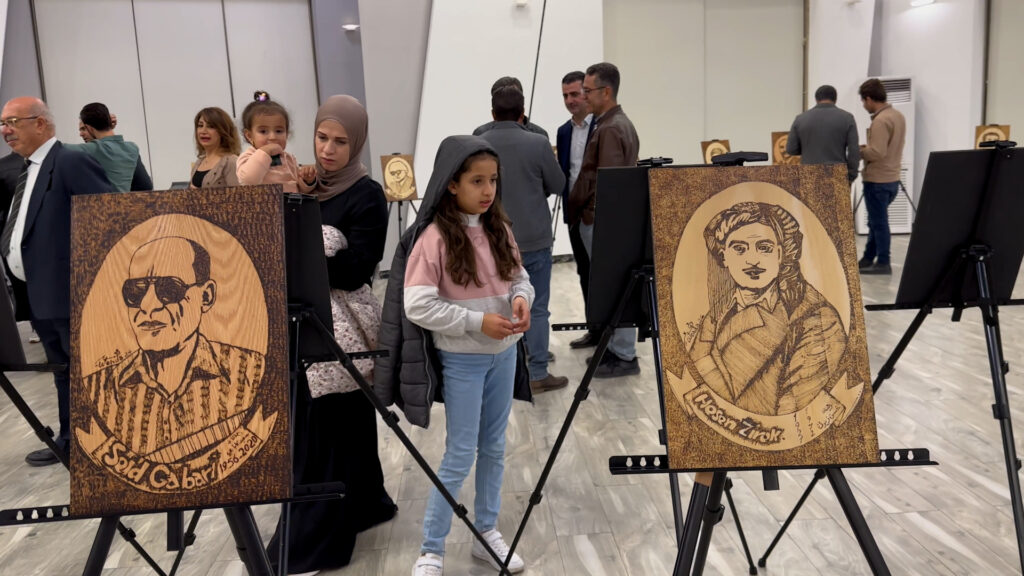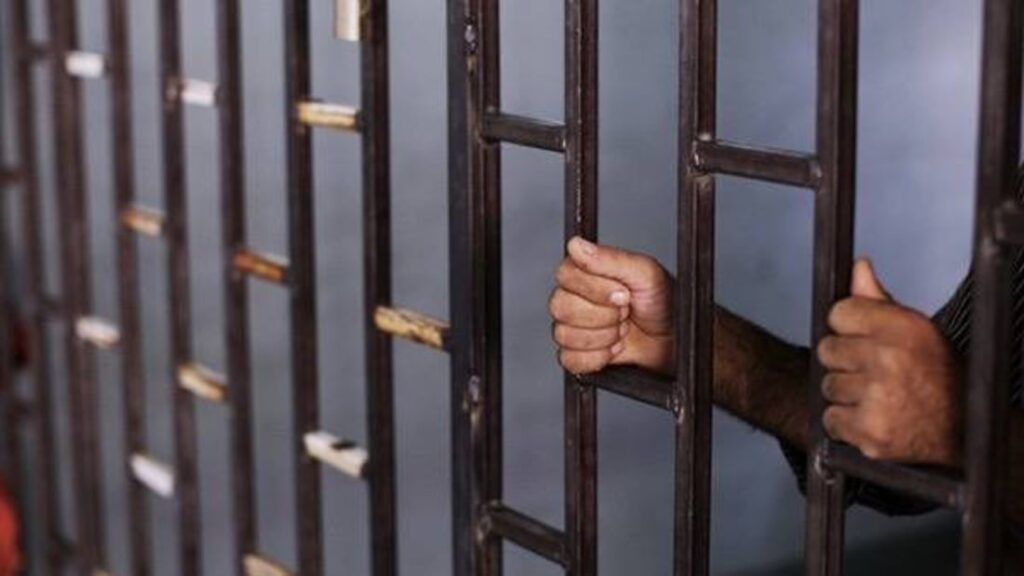‘Baku Turkish’ spoken in Kurdish-majority Diyarbakır, according to Ministry

* Photo: diyarbekirde.com
Click to read the article in Turkish / Kurdish
Turkey's Ministry of National Education has prepared introductory books about provinces as part of the "2023 Education Vision" plan.
"Aimed at helping children discover the capacity of their regions in terms of production, culture, arts and geography and know their plant and animal species, traditional food, games and folk culture," the book of "Our City Diyarbak?r" has been published to be taught at primary schools.
As reported by the Mezopotamya Agency (MA), after the book focusing on Turkey's Kuridsh-majority southeastern province of Diyarbak?r was approved by the Ministry of National Education, the Diyarbak?r Provincial Directorate of National Education has sent a circular letter to the sub-governor's offices so that the book can be taught at schools.
In the 204-page introductory book on Diyarbak?r province, there is no mention of the word Kurd or Kurdish. Under the heading "Diyarbak?r's Dialect and its Characteristics", it is indicated that the language spoken in the province is similar to 'Baku Turkish' in Azerbaijan.
It is further argued that Diyarbak?r has maintained its connection with Azerbaijani Turkish in terms of their shared accent.
While Newroz (in Kurdish pronunciation) is written as "Nevruz" (in Turkish pronunciation), it is further said that this tradition is a deeply-rooted tradition in Central Asia. The "Nevruz" feast is celebrated by egg tapping and distributing food, according to the Education Ministry's book.
The book also talks about the "Risks of the City". Noting that cases of sexual abuse are among the risks that can be encountered in the city, the book briefly says, "Just as it offers opportunities, the city also contains risks. Natural disasters, violence, substance abuse, road accidents and sexual abuse are some of the risks that might be encountered."
| What is Newroz? Newroz refers to the celebration of the traditional Iranian peoples' New Year holiday of Nowruz in Kurdish culture. Before the Islamization of the Iranic peoples in Asia, the ancestors of the modern Kurds followed Zoroastrianism. In Zoroastrian doctrine, fire is a symbol of sight, goodness and purification. Angra Mainyu, the demonic antithesis of Zoroastrianism, was defied by Zoroastrians with a big fire every year, which symbolized their defiance of and hatred for evil and the archdemon. Newroz is mainly, in the modern age, affiliated with Kurds, who in turn make up the majority of the Alevi population, an Islamized version of the Zoroastrian religion. In Kurdish legend, the holiday celebrates the deliverance of the Kurds from a tyrant, and it is seen as another way of demonstrating support for the Kurdish cause. The celebration coincides with the March equinox which usually falls on 21 March and is usually held between 18 and 24 March. The festival has an important place in terms of Kurdish identity for the majority of Kurds, mostly in Iraq, Turkey and Syria. Though celebrations vary, people generally gather together to welcome the coming of spring; they wear coloured clothes and dance together. *Source: Wikipedia |
(RT/SD)




